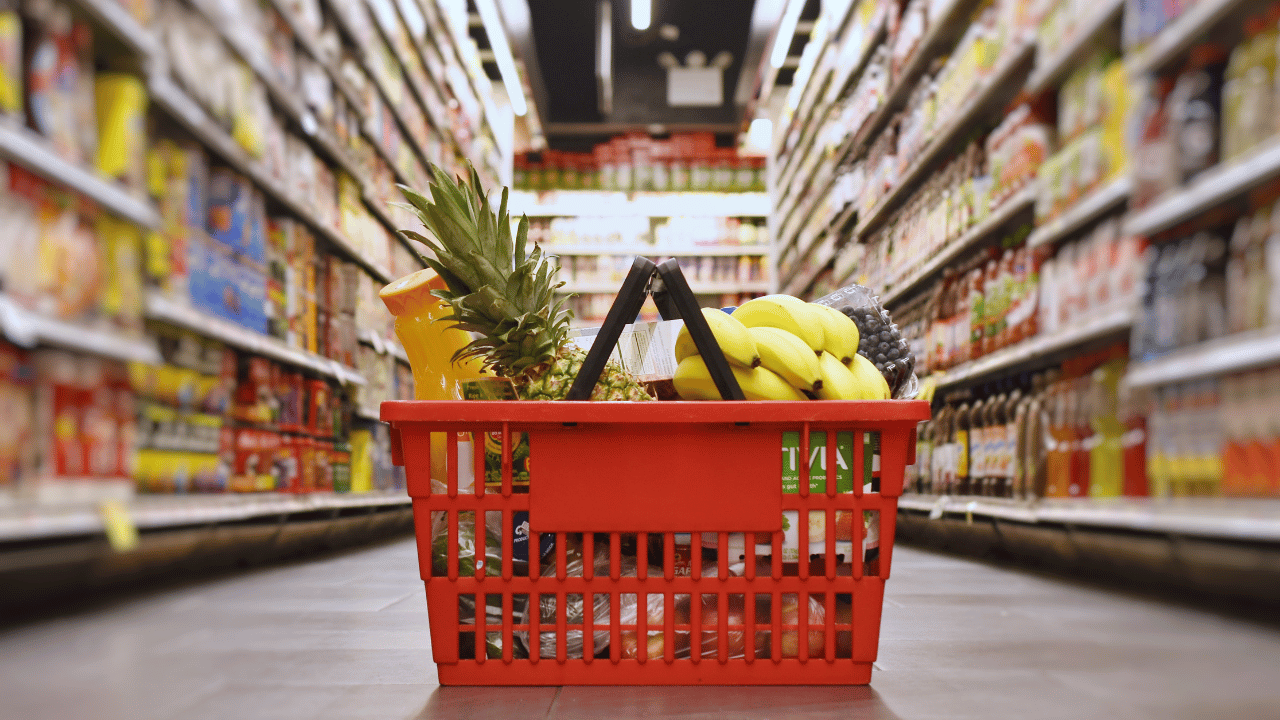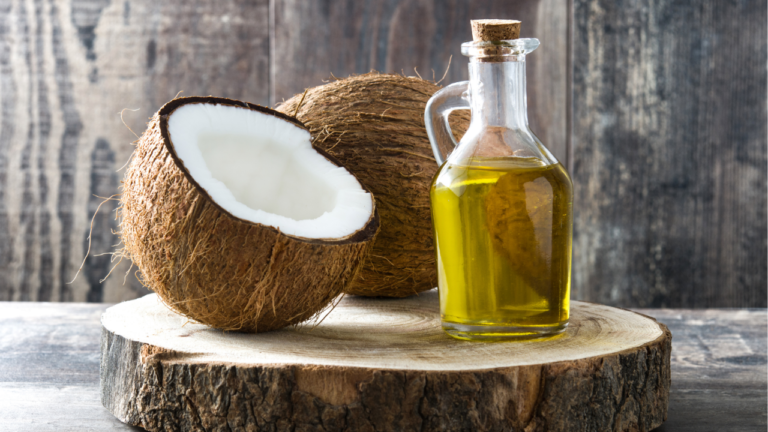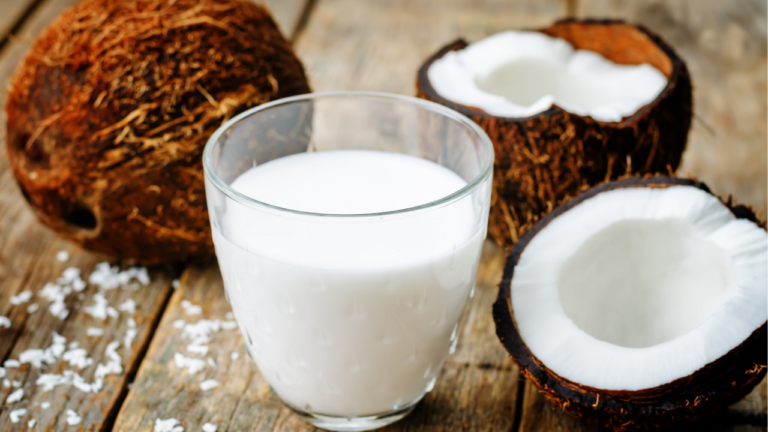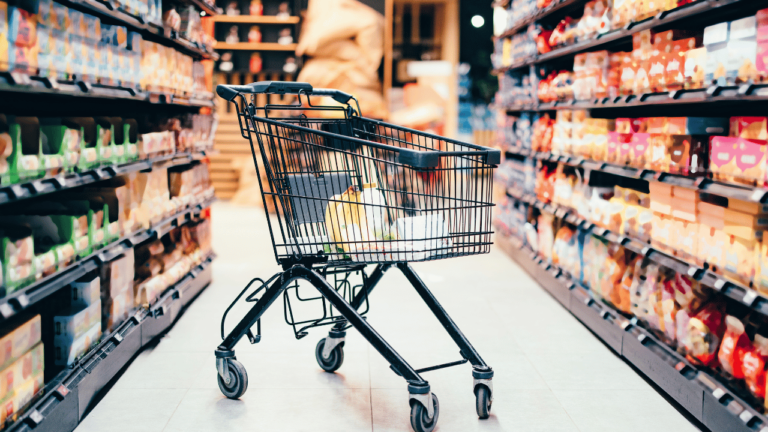Why Are Grocery Prices So High?

In recent times, grocery prices have surged dramatically, leaving many consumers stunned and frustrated. This spike in costs is driven by a complex web of factors, including supply chain disruptions, inflation, and rising production expenses. Understanding these elements is crucial for grasping why our grocery bills have become increasingly burdensome.
1. Supply Chain Disruptions
One major reason for elevated grocery prices is the disruption in supply chains. When transportation routes are compromised or delayed, it leads to shortages and higher costs for goods.
These disruptions can be caused by various factors, such as natural disasters or geopolitical tensions, which exacerbate the scarcity of essential items. Consequently, consumers face inflated prices as suppliers pass on these additional costs.
2. Rising Production Costs
The cost of producing goods has risen sharply, impacting grocery prices. Factors like increased labor costs, higher energy expenses, and more expensive raw materials contribute significantly to this trend.
As production costs climb, manufacturers are forced to raise prices to maintain their profit margins. This, in turn, translates into more expensive grocery items for consumers.
3. Inflation
Inflation plays a pivotal role in driving up grocery prices across the board. As the general price level of goods and services rises, the cost of groceries inevitably follows suit.
Inflation diminishes the purchasing power of money, making everyday items more costly. Therefore, consumers experience sticker shock at the checkout counter, even for basic groceries.
4. Increased Demand
Increased consumer demand can also lead to higher grocery prices. When more people are buying certain products, it can strain supply and drive up prices.
This heightened demand can be seasonal or driven by trends, impacting everything from fresh produce to packaged goods. As demand outstrips supply, prices naturally increase to balance the market.
5. Global Trade Issues
Global trade issues can significantly affect grocery prices. Tariffs, trade wars, and international trade policies influence the cost of importing goods, which in turn affects local prices.
When trade agreements are disrupted or altered, the cost of imported items can rise, leading to higher prices for consumers. These global trade dynamics are a crucial component in understanding grocery price fluctuations.
6. Transportation Costs
Transportation costs have risen substantially, impacting the final price of grocery items. Fuel prices, shipping fees, and logistics expenses contribute to these increased costs.
As transportation becomes more expensive, these costs are inevitably passed on to consumers. Therefore, the price of groceries reflects not only the cost of production but also the cost of getting products to market.
7. Labor Shortages
Labor shortages can also drive up grocery prices. When there are not enough workers to meet demand, wages may increase, which in turn raises production and operational costs.
These higher labor costs are transferred to consumers in the form of higher prices for goods. Thus, the shortage of workers affects every stage of the supply chain, from production to retail.
8. Weather Conditions
Adverse weather conditions can impact agricultural production and lead to higher grocery prices. Droughts, floods, and storms can damage crops and reduce yields.
When weather conditions affect supply, the prices of affected goods can soar. This volatility in agricultural output directly influences grocery prices and can lead to unexpected cost increases.
9. Packaging and Processing Costs
Packaging and processing costs have also risen, contributing to higher grocery prices. The cost of materials and labor for packaging and processing food products adds to the overall expense.
As these costs increase, they are reflected in the final price of grocery items. Consumers face higher prices as a result of the added expenses associated with packaging and processing.
10. Market Competition
Market competition can influence grocery prices in complex ways. While competition can drive prices down, it can also lead to price wars that may temporarily inflate costs.
Grocery chains may engage in pricing strategies that impact overall market prices. This dynamic can create fluctuations in grocery costs, sometimes leading to unexpectedly high prices for consumers.






